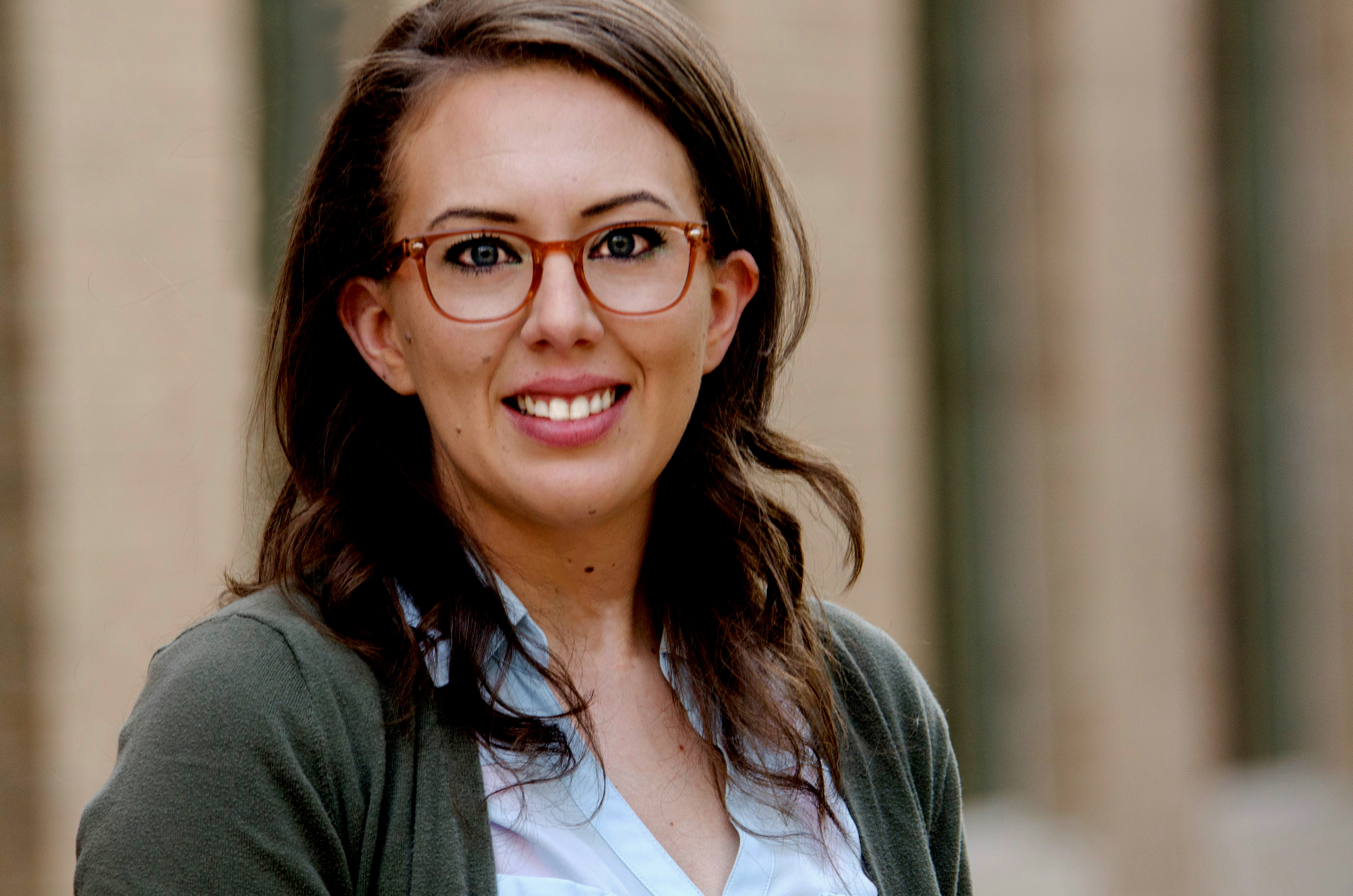Lomeli C. Shull

Assistant Professor
- she/her
- Email:
- lshull1@unm.edu
- Office:
- CAST 278
Education:
University of Colorado Anschutz Medical Campus, Postdoctoral Fellowship, Craniofacial Biology (2017-2023)
Mayo Clinic Graduate School, PhD in Biochemistry and Molecular Biology (2011-2017)
New Mexico Institute of Mining and Technology, BS in Biology (2007-2011)
Research Area(s)
Cell Biology, Comparative Biology, Computational Biology & Genomics, Developmental Biology, Genetics, Vertebrate Biology
Research Interests:
My research focuses on understanding how the complicated processes of neural crest development are controlled. Certain epigenetic proteins called chromatin remodelers and modifiers, have the unique ability to control when and where certain genes are turned on or off by opening or closing specific DNA regions. Utilizing two different vertebrate animal models, zebrafish and mice, my research will investigate the conserved and divergent molecular functions of these chromatin remodelers across different vertebrate species during neural crest cell development and formation of the craniofacial complex.
Selected Publications:
Truong BT, Shull LC, Lencer E, Bend EG, Field M, Blue EE, Bamshad MJ, Skinner C, Everman D, Schwartz CE, Flanagan-Steet H, Artinger KB. PRDM1 DNA-binding zinc finger domain is required for normal limb development and is disrupted in split hand/foot malformation. Dis Model Mech. 2023 Apr 1;16(4). doi: https://doi.org/10.1242/dmm.049977. Epub 2023 Apr 21. PubMed PMID: 37083955; PubMed Central PMCID: PMC10151829.
Shull LC, Lencer ES, Kim HM, Goyama S, Kurokawa M, Costello JC, Jones K, Artinger KB. PRDM paralogs antagonistically balance Wnt/β-catenin activity during craniofacial chondrocyte differentiation. Development. 2022 Feb 15;149(4). doi: https://doi.org/10.1242/dev.200082. Epub 2022 Feb 24. PubMed PMID: 35132438; PubMed Central PMCID: PMC8918787.
Shull LC, Sen R, Menzel J, Goyama S, Kurokawa M, Artinger KB. The conserved and divergent roles of Prdm3 and Prdm16 in zebrafish and mouse craniofacial development. Dev Biol. 2020 May 15;461(2):132-144. doi: https://doi.org/10.1016/j.ydbio.2020.02.006. Epub 2020 Feb 8. PubMed PMID: 32044379; PubMed Central PMCID: PMC7198358.
Sen R, Pezoa SA, Carpio Shull L, Hernandez-Lagunas L, Niswander LA, Artinger KB. Kat2a and Kat2b Acetyltransferase Activity Regulates Craniofacial Cartilage and Bone Differentiation in Zebrafish and Mice. J Dev Biol. 2018 Nov 12;6(4). doi: https://doi.org/10.3390/jdb6040027. PubMed PMID: 30424580; PubMed Central PMCID: PMC6315545.
Awards:
2020 - Developmental Biology Best Paper Runner Up
2019 - Ruth L. Kirschstein National Research Service Award NIDCR (F32)
2016 - American Society of Bone and Mineral Research Young Investigator Award
2015 - Ruth L. Kirschstein National Research Service Award NIAMS (F31)
